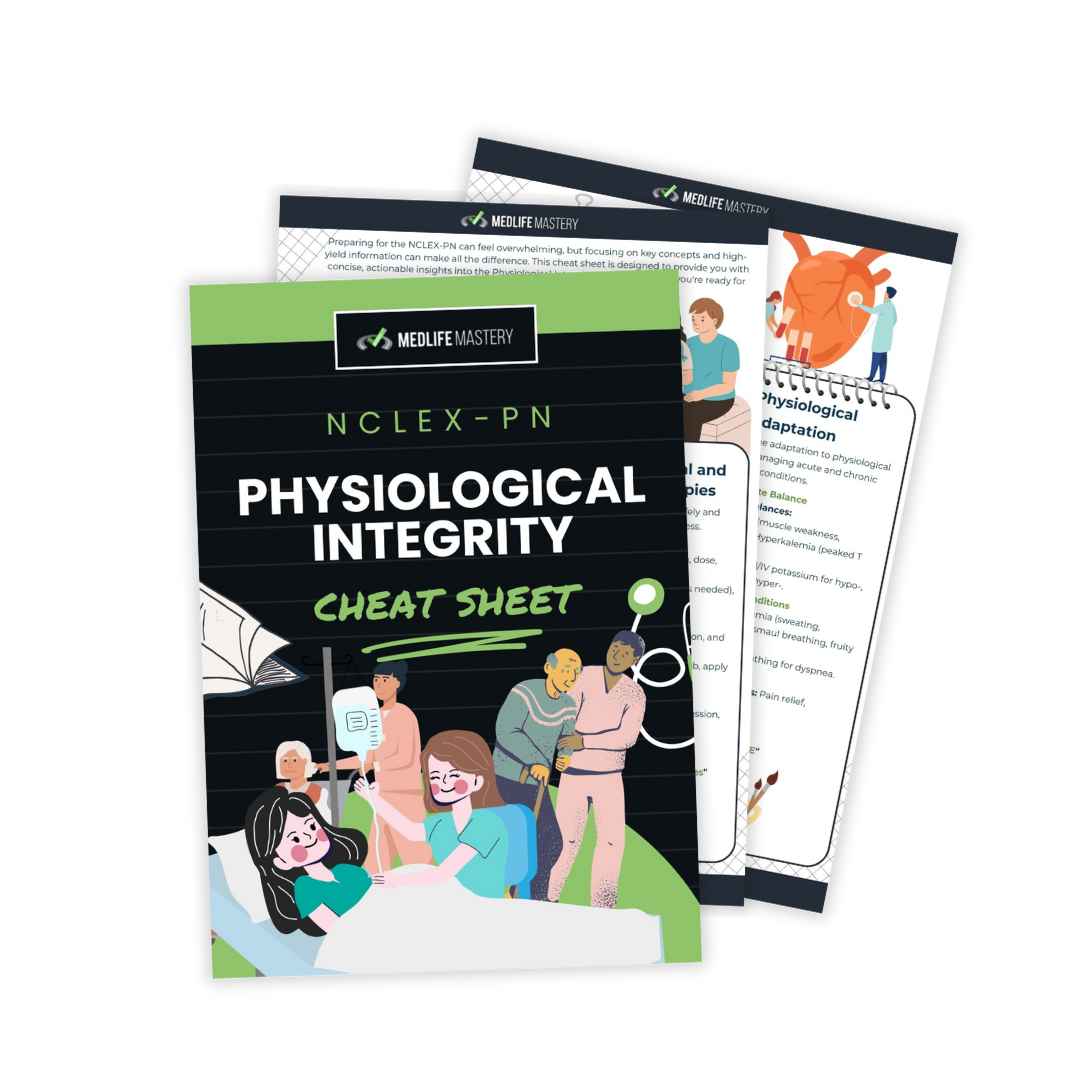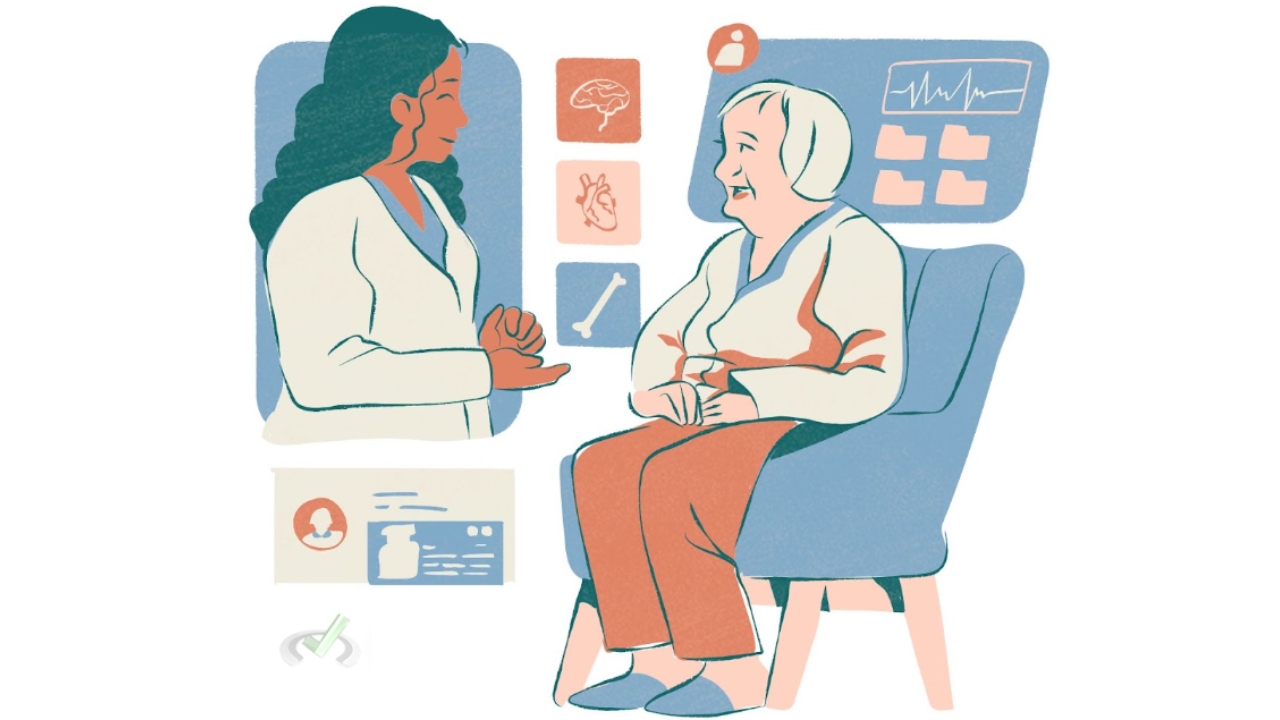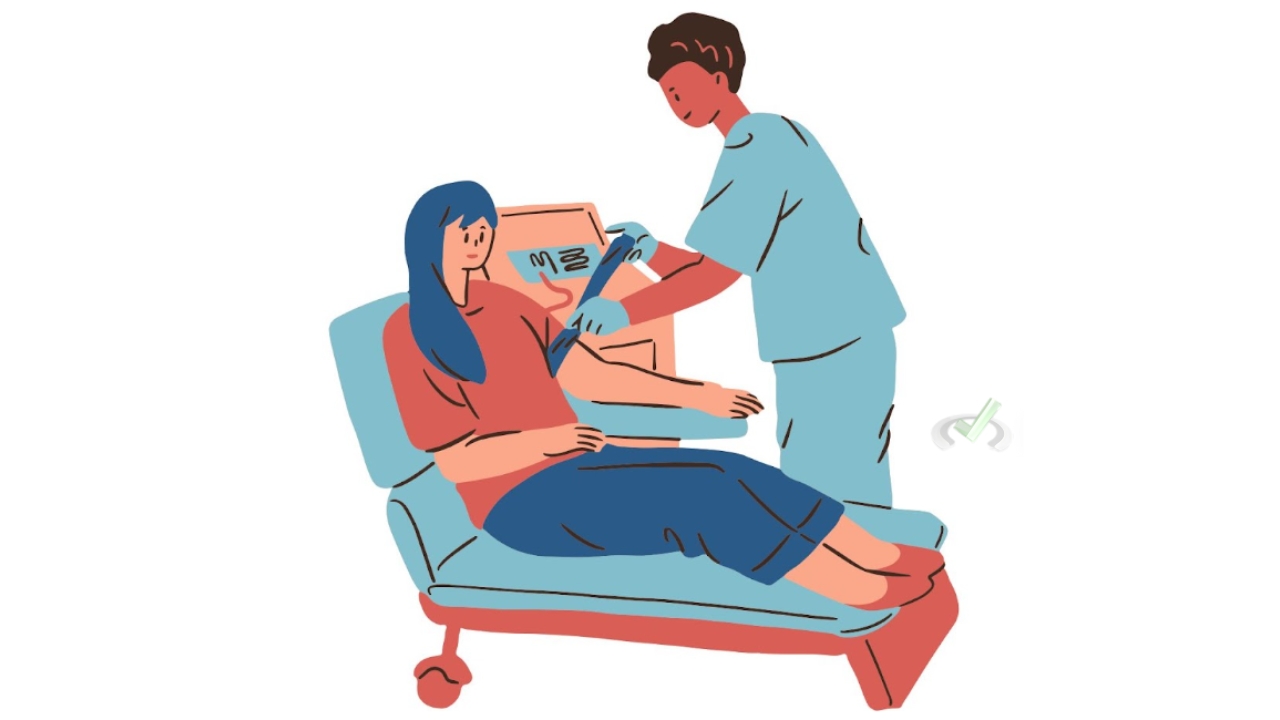
Physiological Integrity PN Cheat Sheet - Free PDF Download

Imagine stepping into your first shift as a licensed practical nurse. The room hums with activity, monitors beep, and your patients rely on you to deliver excellent care. That’s the heart of physiological integrity in NCLEX-PN—ensuring patients’ physical health stays stable and strong through skillful interventions.
This exam category feels like the backbone of nursing. It covers everything from basic care to advanced interventions, blending science, logic, and compassion. Whether you’re turning a patient to prevent bedsores or calculating a tricky medication dosage, this is where it all clicks. Stick with me as we unpack this vital topic step by step.
What Is Physiological Integrity in NCLEX-PN?
Here’s the big picture. Physiological integrity in NCLEX-PN revolves around one idea: keeping the human body running like it should. This category evaluates how well you understand and manage the physical needs of patients, whether they’re dealing with routine care or serious health problems.
Think of it as your nursing toolkit. It’s packed with everything you need to assess, intervene, and help your patients recover. From preventing pressure ulcers to monitoring vital signs during a crisis, it’s all here.
The Core Areas of Physiological Integrity in NCLEX-PN
To master physiological integrity in NCLEX-PN, you need to break it into its four core sections. Each one digs into extraordinary components of nursing care, so you’ll need to recognize how they work together.
1.) Basic Care and Comfort
This phase covers the normal essentials that patients depend upon nurses to handle. It may seem sincere, however these basics build a foundation for more superior care.
Real-Life Application
You’re being concerned for a bedbound affected person with fragile skin. Repositioning them every hour avoids strain ulcers. It’s a small act with a large impact.
2.) Pharmacological Therapies
Medication control is a large deal. It can keep lives, but mistakes can cause serious damage. This phase ensures you manage medications with precision and confidence.
Quick Insight
Heparin and warfarin both prevent blood clots, but they work differently. Heparin acts quickly and is given by injection. Warfarin takes time to build up and is taken orally. Knowing these details keeps your patients safe.
3.) Reduction of Risk Potential

This area hones in on spotting risks early and keeping complications from snowballing. It’s about staying one step ahead of trouble.
Practical Example
Your patient just returned from surgery with a fresh incision. You notice redness and warmth around the site. These signs factor into possible contamination, so you notify the provider without delay.
4.) Physiological Adaptation
This segment assesses your ability to manage complicated health troubles and essential adjustments in an affected person’s condition. It’s in which your problem-solving competencies shine.
Key Example
A patient with heart failure complains of shortness of breath. Their ankles are swollen, and their weight jumped by 3 pounds overnight. These signs scream fluid overload, so you assess lung sounds and elevate their legs while waiting for further orders.
How to Master Physiological Integrity in NCLEX-PN
Mastering physiological integrity requires focus and strategy. Break down complex topics into manageable steps to build confidence and skill.
Study Strategies That Work
Key Concepts You Must Know for Physiological Integrity in NCLEX-PN
Understanding key concepts ensures you’re prepared for any scenario. Focus on vital signs, electrolytes, and physiological processes to strengthen your foundation.
Vital Signs: A Window into the Body
Vital signs give you crucial information about a patient’s condition. Each one tells a story.
Electrolytes: The Body’s Power Grid
Electrolytes keep muscles contracting and nerves firing. Even slight imbalances cause major problems.
Tools to Simplify Physiological Integrity in NCLEX-PN

Practical tools make studying physiological integrity less overwhelming. Mnemonics and step-by-step strategies help you retain critical information with ease.
Mnemonics to Save Time
Practice Makes Perfect
You’re caring for a patient with COPD. They suddenly feel drowsy and confused. Blood gases reveal a pH of 7.28 and a PaCO2 of 65 mmHg. What do you do?
Common Pitfalls to Avoid in Physiological Integrity in NCLEX-PN
Even the most prepared nursing students can fall into traps when tackling physiological integrity in NCLEX-PN. Knowing these pitfalls ahead of time can save you from losing points on the exam.
Conclusion: Why Physiological Integrity Matters

The cornerstone of nursing care for NCLEX-PN is physiological integrity. Gaining proficiency in this area will enable you to safeguard and improve patients physical well-being. You can manage this crucial category with confidence and clarity if you prepare thoroughly.
Consider each question carefully and apply your knowledge to real-world clinical situations. Get more familiar with important ideas such as lab values medications and vital signs. You will not only pass the test but also enter the nursing field confident and prepared if you practice and persevere.
